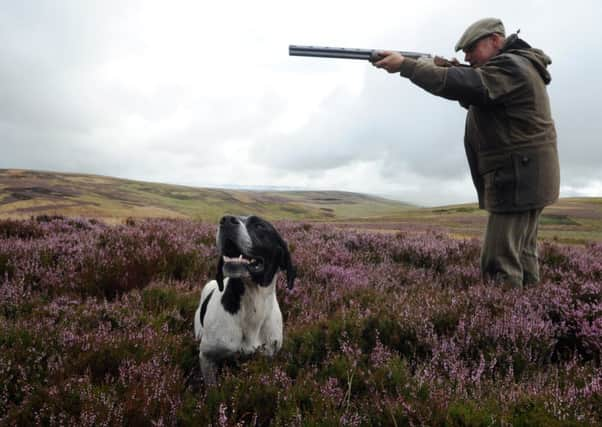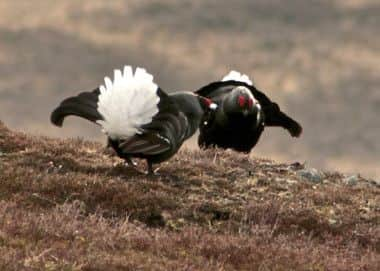Grouse shooting season ‘best for generations’


The season officially ends today and experts are highlighting why this year was such a boost for the Scottish rural economy, claiming increased investment in gamekeeping and modern land management techniques were key reasons.
CONNECT WITH THE SCOTSMAN
• Subscribe to our daily newsletter (requires registration) and get the latest news, sport and business headlines delivered to your inbox every morning


Advertisement
Hide AdAdvertisement
Hide AdRobert Rattray, partner at CKD Galbraith and head of the firm’s Sporting Lets agency, said: “The weather, crucial as it is, is only one part of the equation when it comes to stock numbers.
“Investment in grouse moor management has increased steadily over recent years, with land owners using all the assets at their disposal to produce good grouse numbers.
“The dedication and hard work of the keepering team combined with good heather management, and the scientific use of such tools as medicated grit all help to produce the right conditions for the grouse, but which also help the whole assemblage of upland birds to flourish.”
He added: “Those estates that are taking this balanced approach have been rewarded with growing populations of grouse, culminating in this season.
“More investment in grouse moor management also means more conservation work can be done to help threatened species such as Curlew, Lapwing, Golden plover and Black grouse.”
Most moors in Scotland appear to have experienced a much better than average stock of birds at the season’s start.
In normal years, grouse numbers can fluctuate wildly, depending on location.
This year, numbers were well spread right across Scotland, from Inverness-shire in the North to Aberdeenshire, the Angus Glens, Perthshire, right down to the Lammermuirs in the South.
Advertisement
Hide AdAdvertisement
Hide AdMr Rattray said: “One Morayshire moor started the season with a new moor record of 220 brace, with another higher ground moor in the Monadhliaths having its best ever day of 316 brace on 16 August.
“This was certainly a record for the estate, and possibly an all-time record for the Monadhliaths.”
He added: “Perthshire has been in the doldrums for the last decade, but has experienced a remarkable renaissance in the last few years.
“One estate in Perthshire had a new all-time record of 277 brace in just four drives in a stiff wind, testament to both grouse numbers and an effective team of guns.
“That same moor shot right through until mid-November, recording 2400 brace in total for 21 days shot. One high ground Inverness-shire moor has improved its best ever previous year by 50%, with over 1500 brace in 2014.”
Tim Baynes, director of the Scottish Moorland Group, said: “This activity highlights why shooting is such an important land use in Scotland and it is unfortunate that there can be a reluctance at policy level to recognise the wider benefits it generates.
“Recent announcements suggest that there will be an additional cost burden added to the industry in future which we hope would not undermine the investment and employment associated with grouse shooting.
“Grouse management has positive impacts on the local economy, communities and the moorland environment and this is something we would like to see more widely recognised.
Advertisement
Hide AdAdvertisement
Hide AdScotland now has an area of over one million hectares (2.5m acres) under some form of grouse moor management, and that equates to a seventh of Scotland’s land area.
Last year, it was estimated that sporting industry generates more than 2,500 full time equivalent jobs, with around £30million per year in wages generated for the Scottish rural economy as a result of grouse shooting alone, often in remote rural communities.
Mr Baynes said: “That figure will have increased considerably in 2014 with the higher bags and extended season.
“When shooting days can continue throughout November this is good news for local hotels, shops and a range of other businesses which support grouse management and in turn is vital for the sustainability of remote rural communities.”
SCOTSMAN TABLET AND IPHONE APPS